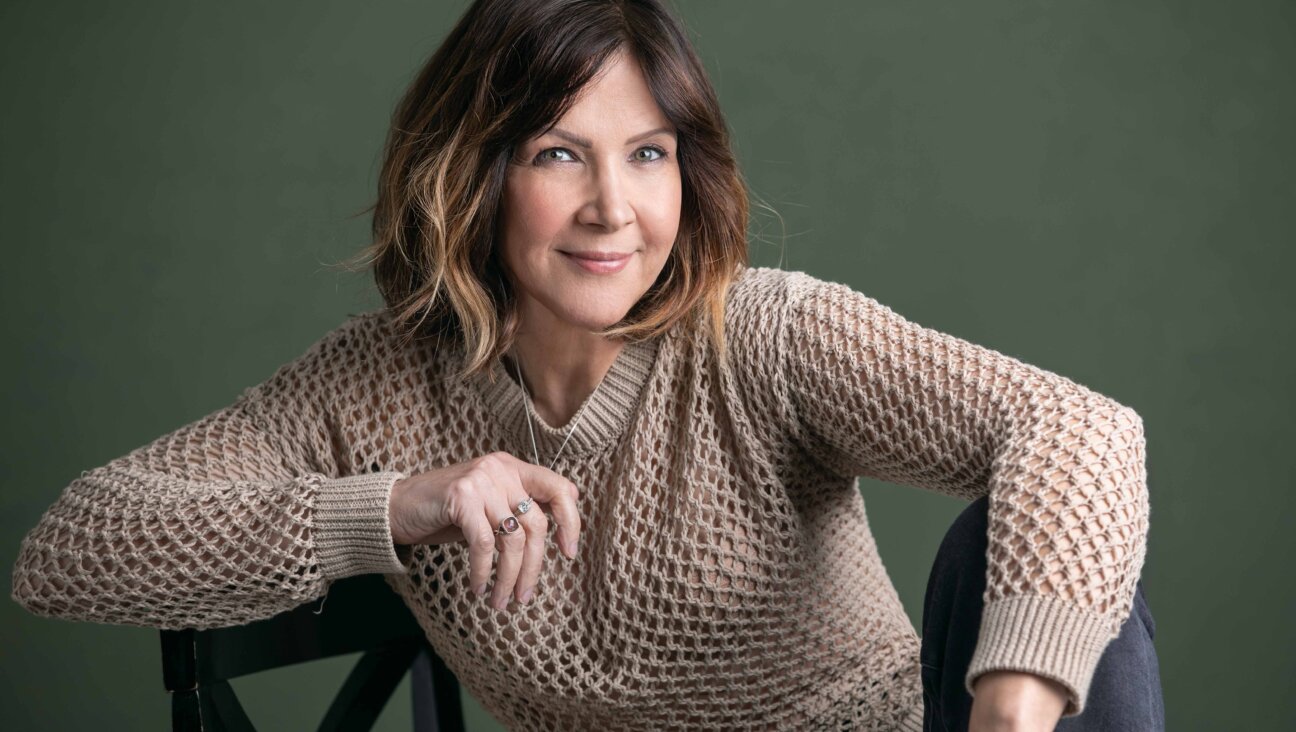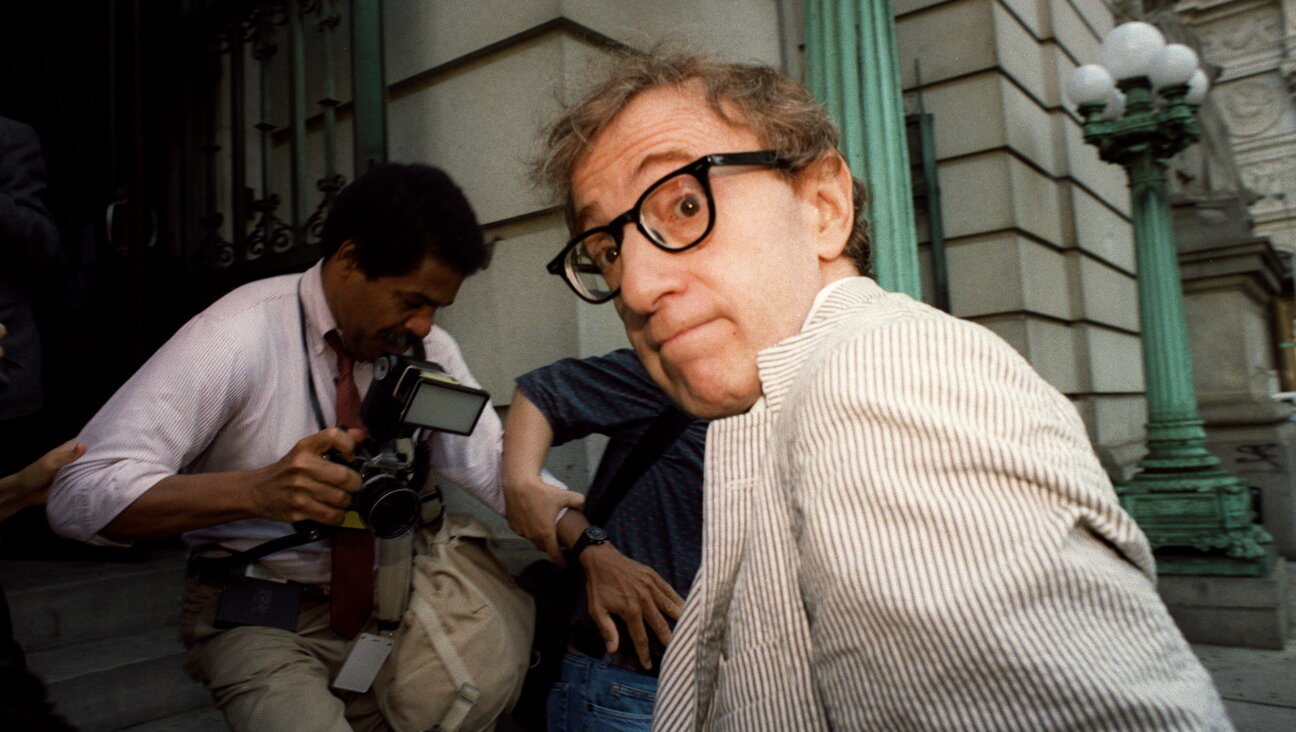Of a Jewish Banking Dynasty, Only the Sculptures Survived

Image by Wiki Commons
Edmund de Waal, a British artist and the son of a clergyman of the Church of England, knew he was missing a vital part of himself, but he wasn’t sure what it was. A middle-aged married father of three, he had spent his adult life ensconced in his London studio, where he made thousands of porcelain pots in various shades of white, some of them lidded and others not, many of them marred by imperfections of one sort or another. His work was melancholy, and emanated an energy both compelling and disturbing. Perhaps de Waal was simply trying to make sense of an ancient tragedy that was part of his heritage. Regardless, a better understanding of himself was part of his mission.
In his recent memoir, “The Hare With Amber Eyes: A Family’s Century of Art and Loss,” de Waal describes his decision to explore his family’s history, prompted by an unusual inheritance he received from his great Uncle Iggie: Two hundred and sixty four netsuke carvings, miniature Japanese sculptures made of ivory, wood and bone.
Iggie was the brother of Waal’s paternal grandmother Elizabeth, who was a talented poet and the first woman to receive a law degree from the University of Vienna. She was also a daughter of the Ephrussi family, a dynasty of extremely wealthy and talented assimilated Jews on par with the Rothschilds. The Ephrussis began as grain merchants and went into banking during the early 1800s, gaining an empire that stretched from Odessa to Paris to Vienna. Many of the Ephrussi clan were intimately involved with the arts, both as collectors and patrons, and they lived in grandiose opulence.
In his book, de Waal empathetically steps into the Ephrussis’ lives, allowing us to experience both their optimism and their denial on the eve of the Holocaust. As anti-Semitism grew they continued to feel invulnerable, and clung to the notion that for them everything was still possible. But it was not to be. In a rare moment of unrestrained emotion, Waal tells us about coming across a registry of Jews born in Austria whose names had been crudely crossed out in red ink by the Nazis, with “Sara” written in for the women and “Israel” for the men.
But de Waal’s greatest gift lies in his ability to imagine the Ephrussis alive. Some of the most astonishing passages of his book describe a distant relation of his, Charles Ephrussi, who was a friend of Renoir and Degas, and who was the inspiration for Marcel Proust’s Charles Swann. It was Charles who originally purchased the netsuke during a craze in Paris for Japanese art during the 1870s. When the enthusiasm waned, he sent the netsuke as a wedding gift to Victor and Emmy, the author’s great-grandparents. De Waal’s grandmother Elizabeth, who lived into her 90s, told him about playing with the netsuke in her mother’s dressing parlor while she prepared to go out. When the Nazis stormed the Ephrussi Palace in 1938, the netsuke survived, protected by a maid who kept them hidden in a mattress and returned them to the family after the war. All of the family’s other possessions were confiscated.
De Waal never speaks directly about his religious inclination or lack thereof, but it is impossible to read his narrative without feeling a sense of Jewish longing and loss. He admits confusion about the blindness of his forebears: “I realize I do not understand what it means to be a part of an assimilated, acculturated Jewish family. I simply don’t understand,” he writes. “I know what they didn’t do; they never went to synagogue, but their births and marriages are recorded by the Rabbinate…Zionism didn’t seem to hold many attractions for them.” Digging deeper, he asks: “Does assimilation mean that they never came up against naked prejudice? Does it mean that you understood where the limits of your social world were and you stuck to them?” Averse to polemics of any kind, one can hear de Waal almost pleading with the Ephrussis to do something different, although he still isn’t certain what precisely that might be.
De Waal is a magical thinker attuned to the blurriness of memory and one finishes his masterpiece still tangled up with him. I imagine him sitting contemplatively in his studio in London, once again creating his rows of whitish pots, which he arranges in careful constellations. But my guess is that they look different to him now. I fear that occasionally where he used to see beauty, he now sees something more dire; his brethren lined up on a shelf. They are fragile broken creatures huddled together, vulnerable and exposed, some of them irreparably broken. But like the netsuke, they are still there.
A message from our Publisher & CEO Rachel Fishman Feddersen

I hope you appreciated this article. Before you go, I’d like to ask you to please support the Forward’s award-winning, nonprofit journalism so that we can be prepared for whatever news 2025 brings.
At a time when other newsrooms are closing or cutting back, the Forward has removed its paywall and invested additional resources to report on the ground from Israel and around the U.S. on the impact of the war, rising antisemitism and polarized discourse.
Readers like you make it all possible. Support our work by becoming a Forward Member and connect with our journalism and your community.
— Rachel Fishman Feddersen, Publisher and CEO




























